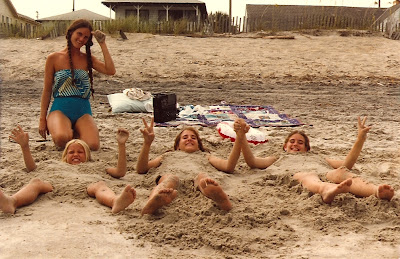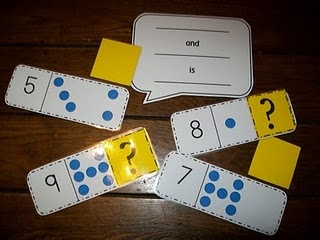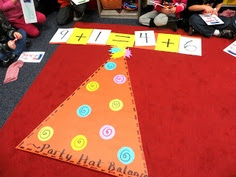I am cutting it close! Nothing like waiting til the last minute, right!?
I finally made the switch to Bloglovin. I wasn't about to lose all those fabulous blogs I have been following for the last year!
If you haven't made the switch, go now! Don't delay.
It is very easy to switch all your blogs over from Google Reader!
While you are here, follow me.
AND
it's time to join Farley's Currently.
Listening: After church, Sundays are for football games! But in the off season, it's for Lifetime TV! I always get sucked into whatever is on. The funny thing is that my hubby often ends up watching them too!
Loving: My daughter will be a junior this fall. Over the summer she has been a PAID intern at Ally Financial. (Her pay as an intern is not too far from my salary with a Master's and 21 years experience!) She has done so well, they offered her a job part time throughout the year!
- My 17 year old has always been a defensive player in most of the sports he played. He is now trying out for receiver on the football team and is doing well. I am getting pumped up for the football season and his senior year!
Thinking: Only 21 days til we are off to our beach trip. Sand, sun, family, and friends. Doesn't get much better!
Above: My mom, sister, me, and my best friend, Anita.
We will be joining Anita and her family at the same beach as above.
Wanting: I have been walking/jogging/running since June 10th with only missing a few days. The shoes I have are not doing the job! "Mama needs a new pair of shoes!"
Needing: I am up to an hour workout & sometimes even burning 500 calories, but the scales are not going down fast enough. I need to add dieting to this summer plan and I don't want to! I'm eating well during the week, but weekends are tough!
Tips, Tricks, or Hints: I love genuine comments! So, be sure to comment when you feel led.
Join the linkies. You will meet new bloggers and gain more exposure. Photos make reading blogs more fun and interesting to read.
















































